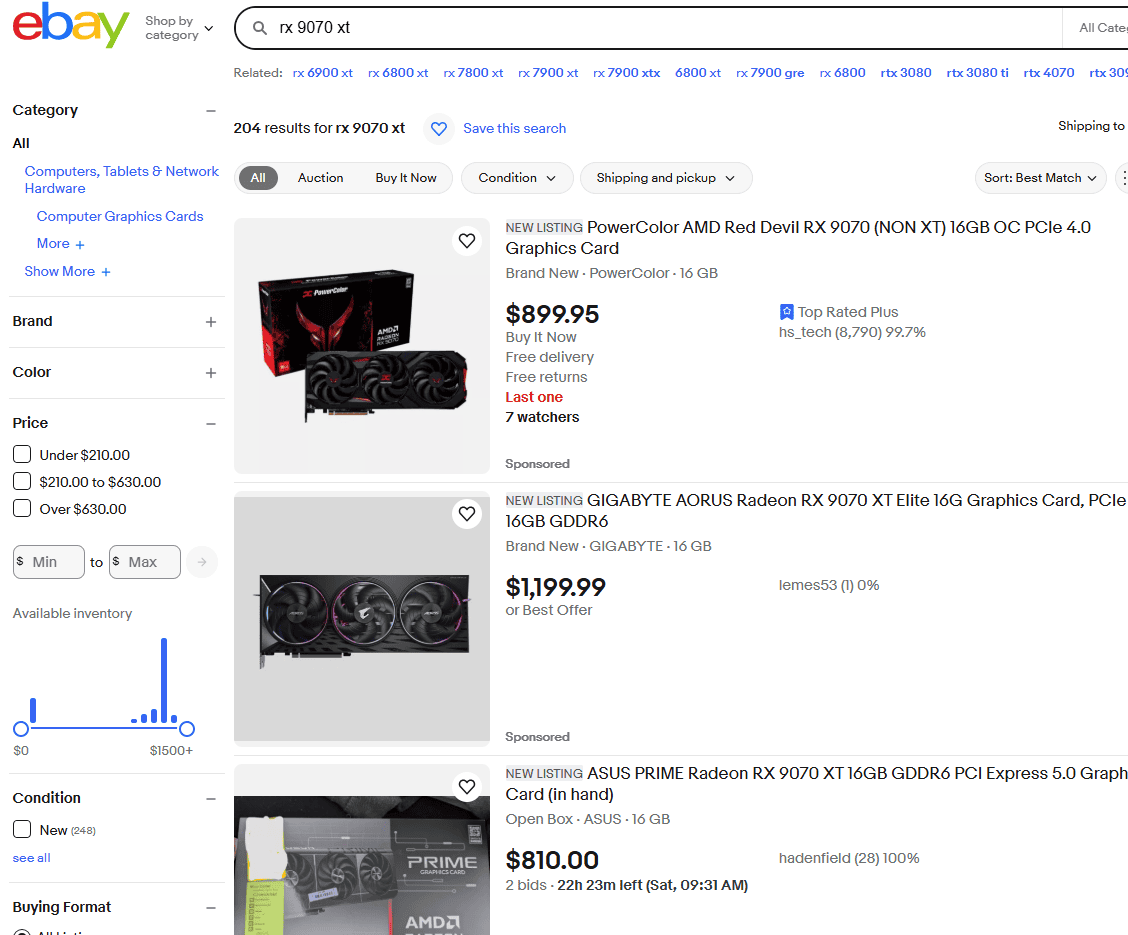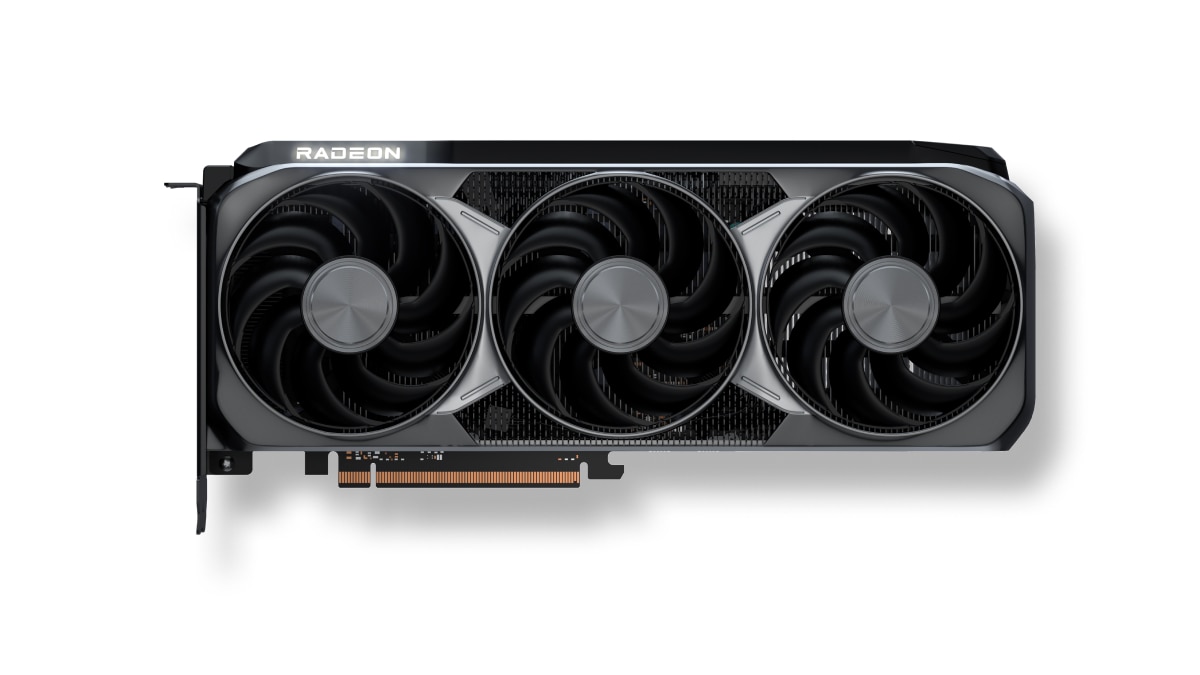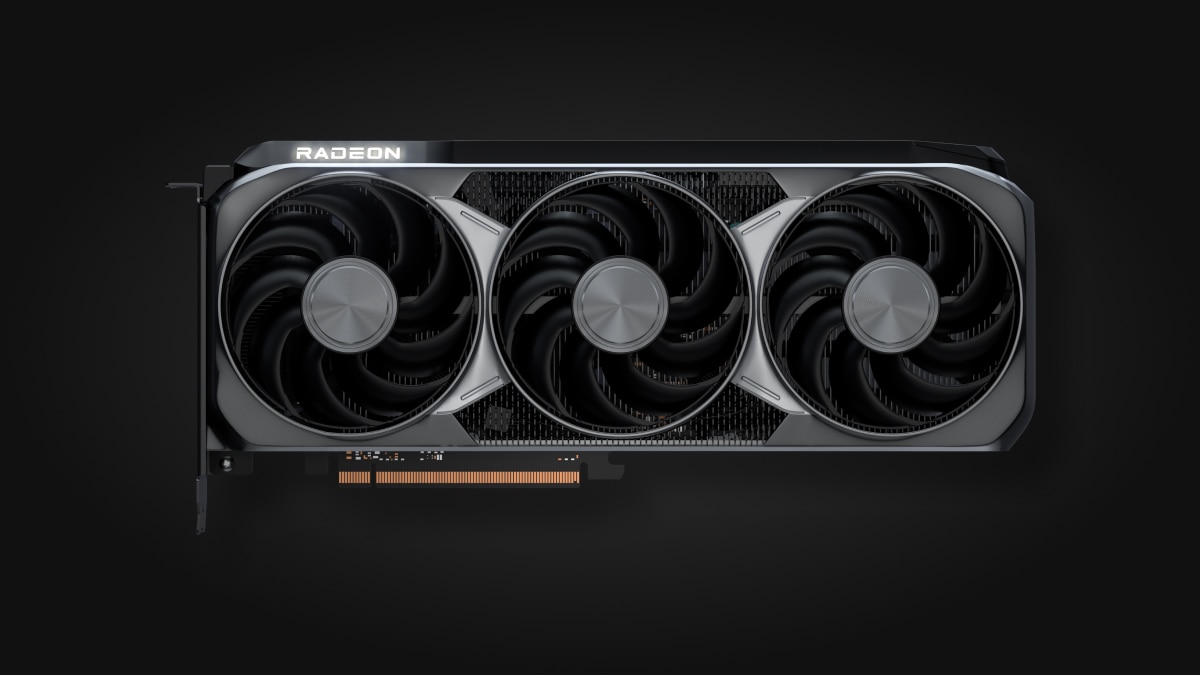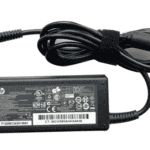AMD assured gamers and PC builders that the launch of the Radeon RX 9070 series GPUs would be smooth, with ample stock available on day one. The company even seemed to take subtle digs at NVIDIA’s disastrous RTX 50-series rollout, which left many customers empty-handed due to scalpers and limited supply. However, despite AMD’s reassurances, the story has taken an all-too-familiar turn—scalpers have hijacked the market once again, leaving frustrated consumers scrambling for a fair deal.
Just days after launch, listings for the RX 9070 XT on eBay show prices soaring to nearly double the MSRP. Some sellers are asking as much as $1,499.99 for an Asus Prime RX 9070 XT, a staggering 100% markup over its $749 official price. Even the standard RX 9070, which launched at $549, is being scalped at $1,000 or more, making it clear that opportunists are exploiting high demand and limited stock.

You can also search Amazon for listings of the RX 9070 Series GPUs:
From time to time a legitimate listing will pop up at MSRP so be sure to cycle through Amazon’s pages, but most of the time you’re looking at 3rd party sellers going significantly above MSRP.
Scalper Bots and the Resale Crisis
This isn’t just bad luck—it’s a systemic issue driven by scalper bots. These automated programs sweep retailer websites within seconds of a product’s release, snapping up GPUs in bulk before real customers even have a chance to click “Add to Cart.” The scalpers then list these products on eBay, StockX, and other secondary markets at highly inflated prices, forcing desperate buyers to pay a premium or wait months for supply to stabilize.
The practice has angered gamers, content creators, and PC enthusiasts, many of whom were eager to upgrade to AMD’s new lineup after skipping previous generations due to shortages and price hikes. Some frustrated eBay users have started fighting back by creating fake listings to confuse and disrupt scalper bots, though this is only a small-scale resistance against a much larger issue.

Why Does This Keep Happening?
The scalping epidemic isn’t new—it has plagued the gaming and tech industries for years, impacting everything from PlayStation 5 consoles to NVIDIA RTX graphics cards and even concert tickets. But why does it keep happening, and what can be done about it?
Several factors contribute to the problem:
- Lack of Retailer Protections: Some stores, like Best Buy and Newegg, have implemented anti-bot measures such as verified queues, CAPTCHA challenges, and membership-only purchases (e.g., Best Buy TotalTech). However, these aren’t foolproof, and many retailers still struggle to combat bot-driven purchases effectively.
- High Demand, Limited Supply: AMD’s RDNA 3 refresh GPUs have been highly anticipated, and while AMD claimed there would be “plenty of stock,” that hasn’t materialized in practice. Manufacturing constraints, logistics issues, and high pre-launch hype have created a perfect storm for scalpers to exploit.
- The Resale Market Thrives: As long as people are willing to pay scalper prices, the problem won’t go away. Sites like eBay and StockX profit from each transaction, giving them little incentive to crack down on resellers.
What Can Consumers Do?
If you’re trying to get your hands on an RX 9070 XT or RX 9070, here are some tips to improve your chances of finding one at MSRP:
- Monitor Restocks: Websites like NowInStock.net, StockInformer, and Twitter bot trackers can help you get real-time notifications when retailers restock.
- Buy from Trusted Retailers: Stick to legitimate sellers like Best Buy, Newegg, Micro Center, and AMD’s official store to avoid scalper markups.
- Consider Pre-Built PCs: Sometimes, manufacturers like Dell, HP, and boutique builders have GPUs in stock for pre-built systems, which may be a more affordable option than buying from scalpers.
- Be Patient: Historically, scalped GPUs see price drops once supply stabilizes—so waiting a few months could save you hundreds of dollars.
Retailers and AMD Must Step Up
While some retailers have attempted to implement scalper protections, AMD and its partners need to do more to prevent this from happening. Queue-based ordering systems, strict purchase limits, and stronger anti-bot protections could significantly reduce scalper activity. Some retailers have successfully implemented these measures in the past—EVGA’s queue system during the RTX 30 series era is a good example.
Until real action is taken, the unfortunate reality remains: Scalpers will continue to dictate the market, and everyday gamers will be left to fight over scraps.
Key Takeaways
- Scalpers are selling AMD RX 9070 XT graphics cards on eBay for up to $1,499.99, doubling the retail price.
- Automated bots purchase large quantities of graphics cards within seconds of release, preventing regular consumers from buying at fair prices.
- Some retailers could help solve this problem by implementing stronger anti-bot measures for high-demand product launches.
Economic Impact of Scalping on GPU Markets
Scalping has dramatically altered the GPU market landscape, creating artificial scarcity and price inflation that affects consumers, manufacturers, and retailers alike. The recent AMD Radeon RX 9070 XT launch demonstrates these effects in real-time.
Scalping and Graphics Card Pricing
When scalpers use bots to purchase graphics cards in seconds, as happened with the RX 9070 XT, they create an artificial shortage. Cards that should retail around $750 now appear on resale sites for up to $1,499 – a 100% markup. This price inflation hurts average consumers who cannot afford these inflated prices.
Manufacturers like AMD face a complex situation. While they sell their entire stock quickly, the resulting consumer frustration damages brand loyalty and trust. Retailers also face challenges as their systems get overwhelmed by bot activity.
The cycle creates market distortion where:
- Actual gamers can’t access hardware at fair prices
- Secondary markets flourish at the expense of authorized retailers
- Graphics card prices remain artificially high across all brands
The Role of E-commerce Platforms
Online marketplaces like eBay serve as the primary battleground where scalpers sell marked-up GPUs. These platforms profit from higher selling prices through percentage-based fees, creating little incentive to stop scalping practices.
Some consumers have fought back using creative methods. As shown in the search results, some eBay users list fake GPU listings targeting scalper bots, attempting to disrupt their operations.
E-commerce sites could implement:
- Purchase limits per account
- CAPTCHA and other bot prevention tools
- Extended pre-order windows
- Verified buyer programs
Without platform-level intervention, the scalping problem persists. Market analysts note that e-commerce companies must balance open market principles against consumer protection concerns.
Technological Significance of the AMD RX 9070 XT GPU
The AMD RX 9070 XT represents a major step forward in graphics processing technology, offering significant improvements in performance and efficiency compared to previous generations.
The AMD RX 9070 XT in Comparison to Competitors
The RX 9070 XT stands out in the current GPU market with its impressive specs and competitive pricing. At its launch price of $649, it offered better value than NVIDIA’s RTX 3070 and RTX 3060 Ti models in several key areas. The card features 16GB of GDDR6 memory, which doubles what’s available on the RTX 3070.
Performance benchmarks show the 9070 XT outperforming the RTX 3070 by approximately 25% in most modern games at 1440p resolution. The card also uses AMD’s new architecture, which provides better ray-tracing capabilities than previous Radeon cards.
Power efficiency has improved as well. The 9070 XT consumes around 220W under load, which is competitive with NVIDIA’s offerings while delivering more raw performance per watt.
Impact on Gaming and Crypto Mining
For gamers, the RX 9070 XT delivers excellent 1440p performance and can handle 4K gaming in many titles with good frame rates. Its larger memory buffer makes it more future-proof for upcoming games with higher texture requirements.
The card supports AMD’s FidelityFX Super Resolution 3.0 technology, which competes with NVIDIA’s DLSS to boost frame rates without significant quality loss. This feature is crucial for enabling ray-tracing effects without severe performance penalties.
In the crypto mining space, AMD has implemented mining limiters similar to NVIDIA’s LHR technology. This was done to make the cards less attractive to miners and more available to gamers. However, the high overall performance of the 9070 XT still makes it somewhat valuable for mining operations despite these limitations.
The ongoing shortage and scalping issues demonstrate the high demand for this card’s balance of price and performance capabilities.
Frequently Asked Questions
Scalpers have significantly disrupted the AMD RX 9070 XT launch, creating numerous challenges for consumers and the market. These issues extend beyond just higher prices to affect availability, legal questions, and the broader graphics card industry.
How do scalpers impact the availability and pricing of new GPU releases?
Scalpers create artificial scarcity by purchasing large quantities of graphics cards as soon as they become available. This was clearly demonstrated with the RX 9070 XT, which sold out within seconds of release.
When scalpers buy up stock, regular consumers can’t purchase at retail prices. This forces buyers to either wait for restocks or pay inflated prices on secondary markets like eBay.
The price inflation can be extreme. The AMD RX 9070 XT launched at around $750, but scalpers are now listing these cards for approximately $1,499—a 100% markup.
What are the legal implications of reselling products like the AMD RX 9070 XT at inflated prices?
Reselling products at higher prices is generally legal in most places. There are few laws that specifically target GPU scalping, unlike ticket scalping which faces more regulation.
The challenge lies in defining what constitutes illegal scalping versus legitimate reselling. Most consumer protection laws focus on fraud or deception, not price markups alone.
Some areas are exploring legislation around automated purchasing bots, which scalpers often use to buy graphics cards faster than humans can.
What measures are being taken by manufacturers and retailers to combat scalping of high-demand electronics?
Retailers have implemented purchase limits, typically allowing only one or two graphics cards per customer. However, scalpers often work around this by using multiple accounts.
Some stores now use verification systems like CAPTCHA to prevent bots from automatically purchasing stock. Others implement queue systems or lottery-based sales for high-demand products.
AMD and other manufacturers sometimes partner with retailers on verified buyer programs. These programs try to ensure products reach actual users rather than resellers.
How can consumers protect themselves from overpaying due to scalper activity on platforms like eBay?
Patience is the most effective strategy. Waiting for restocks at official retailers often means paying the intended retail price rather than inflated scalper prices.
Be cautious of scams. Some eBay users have posted fake listings to trick scalping bots, but this same tactic can confuse legitimate buyers. Always verify seller ratings and return policies.
Join stock alert groups on social media or use inventory tracking websites. These resources help consumers find retail-priced cards when they become available.
What are the consequences of GPU scalping on the gaming and professional graphics market?
Scalping creates a barrier to entry for new PC gamers and builders. When graphics cards cost double their intended price, many potential customers are priced out of the market.
Professional users who need graphics cards for work face production delays and increased costs. This affects industries like video editing, 3D rendering, and scientific computing.
The perception of poor availability damages brand reputation. Some consumers blame AMD for not producing enough RX 9070 XT cards, even though scalpers are a major cause of the shortage.
How does the scalping of GPUs affect the overall consumer electronics supply chain?
Scalping distorts market signals about genuine demand. Manufacturers might misinterpret scalper purchases as higher consumer interest than actually exists.
The unpredictability created by scalping makes inventory planning difficult for retailers. Stores can’t accurately forecast how many cards they need when irregular buying patterns occur.
This disruption ripples through related products. When graphics cards are scarce, sales of compatible components like power supplies and PC cases may also decline.







